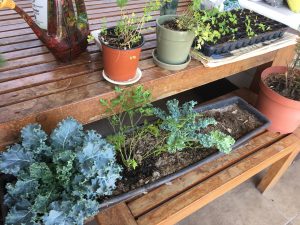Just yesterday, a young student named Inti Sotelo was killed in the second national peaceful protests against our de facto government, following the impeachment of Martin Vizcarra. Inti’s family is originally from Cuzco and holds strong connections to Quechua culture naming their children under fundamental aspects of their community: Inti (Sun), Killa (Moon) and Pacha (Universe). Inti risked his life for the greater community, and has now been recognized as a national hero and a true advocate of the Ayllu way of life.
It’s hard to take this in. If we were living under different circumstances, I would be discussing Quechua fooways and their importance towards Andean identity, but, this is not the case. Peru is experiencing one of the worst political crises since the 90’s, and if anything, it has served as a brutal reality check on how our core values have been completely lost and corrupted over time. It has been heartbreaking to endure days filled with helplessness and rage towards all that we have lost, and to see our own government turning away from its people has left us all with nothing but our voices to cope.
Yet, I can confidently say that I’ve never felt such a strong sense of community in Peru, which is usually an extremely polarized country in terms of social relations. During this past week, people from all regions have come together and taken the streets, chanting and protesting to reclaim our values. I can safely say that if there is any way by which I can talk about a revitalization of sacred reciprocity, it has to be in relation to what we’ve experienced as a nation. At this instant, Peru is a single, unified nation, and I can only say that it’s a good moment to appreciate the Quechua values that are seen reflected upon our actions this past week.
Today, the entire country is in mourning of Inti Sotelo, so I too resort to this platform to commemorate his life.


